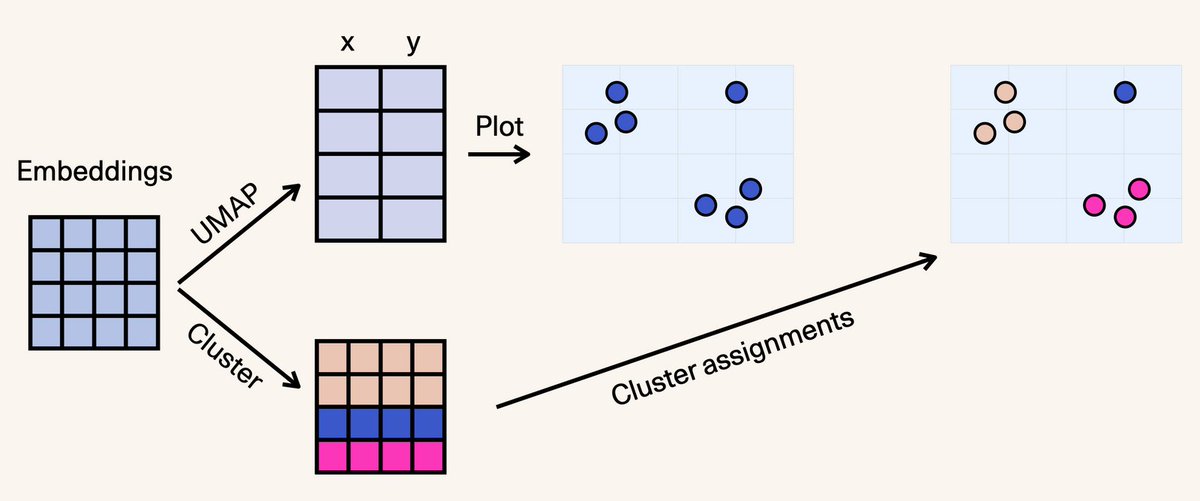
Writer https://t.co/TquuQXlLOJ. O'Reilly Author https://t.co/Fl3uPAZHLg. LLM Builder @Cohere. Visualizing AI one concept at a time.
5 subscribers
How to get URL link on X (Twitter) App


 A glance at the benchmarks comparing it to:
A glance at the benchmarks comparing it to:

 Forward Diffusion is the process of making training examples by sampling an image, noise, and an amount of noise, and mixing them to create a training example.
Forward Diffusion is the process of making training examples by sampling an image, noise, and an amount of noise, and mixing them to create a training example.

https://twitter.com/OdysseyToad/status/1588267196169351168What this means to me, more precisely, is the dexterity of problem-solving with LLM primitives that break a problem into a pipeline of components :


 When generating an image with Stable Diffusion, it's useful to think of 3 main components in the process.
When generating an image with Stable Diffusion, it's useful to think of 3 main components in the process.

 It is versatile in that it can be used in a number of different ways.
It is versatile in that it can be used in a number of different ways.

 2- To think of them as tools for surgically applying intelligence to subproblems, not as standalone intelligences themselves
2- To think of them as tools for surgically applying intelligence to subproblems, not as standalone intelligences themselves

https://twitter.com/NandoDF/status/1524787910867820545Gato, the Generalist Agent Transformer, is a single model trained on 604 tasks in different modalities.



https://twitter.com/JayAlammar/status/1528689113771257856It's understandable because of figures like this, they are the most common way to introduce people to neural networks. Clearly three layers:



 Language modeling trains models to predict the next word.
Language modeling trains models to predict the next word. 

 I discuss five key ML communication artifacts:
I discuss five key ML communication artifacts:

 The einsum expression has two components.
The einsum expression has two components. 

 Along the diagonal are the variance of each row. Variance indicates the spread of the values (1 and 4 in this case) from their average.
Along the diagonal are the variance of each row. Variance indicates the spread of the values (1 and 4 in this case) from their average.

 If we ask GPT2 to fill-in the blank:
If we ask GPT2 to fill-in the blank:


 See: aclweb.org/anthology/2020… aclweb.org/anthology/2020… aclweb.org/anthology/2020…
See: aclweb.org/anthology/2020… aclweb.org/anthology/2020… aclweb.org/anthology/2020…



